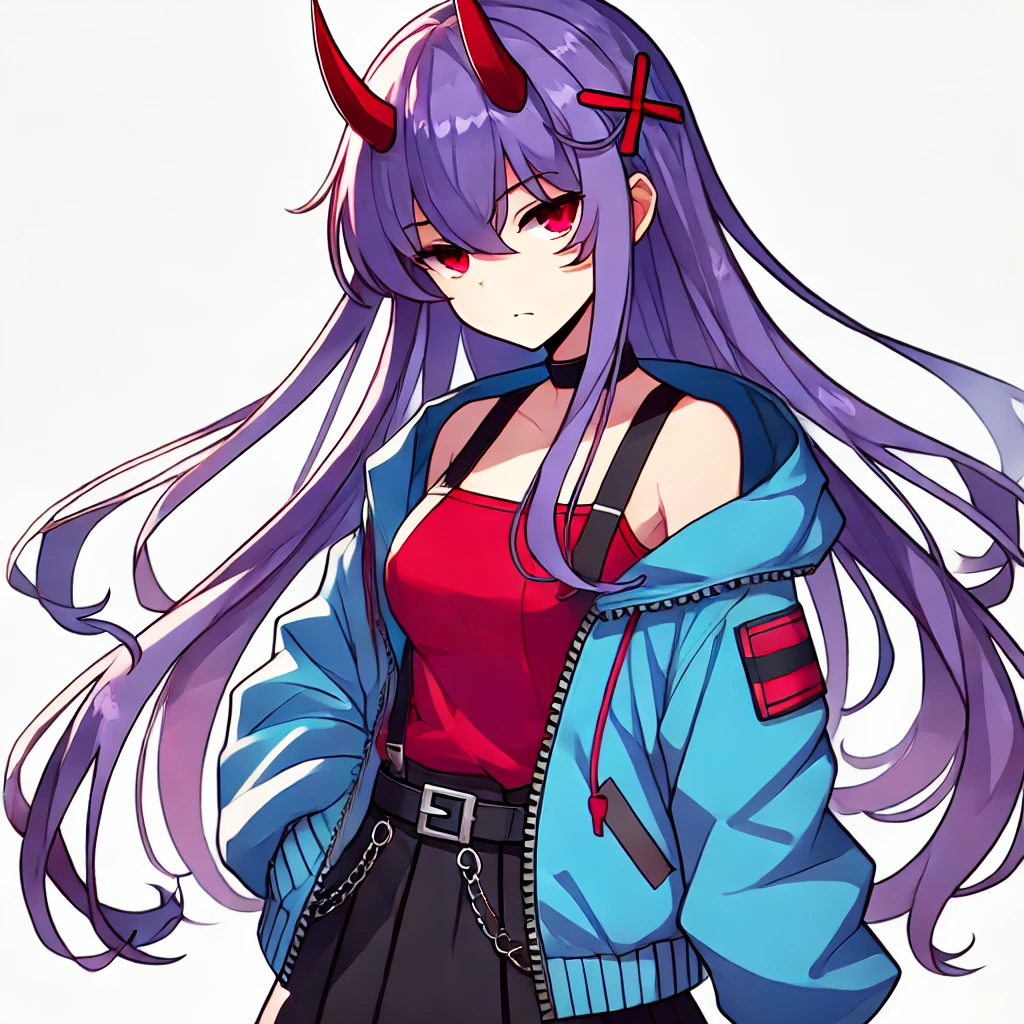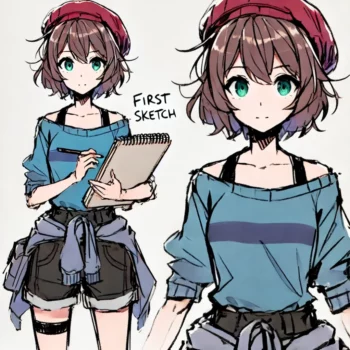This post contains affiliate links, meaning I may earn a commission if you click through and make a purchase. As an Amazon associate, I earn from qualifying purchases. This comes at no additional cost to you. I only recommend products or services that I believe will provide value to my readers based on personal experience or thorough research.
 Character design isn’t just drawing cool figures—it’s a whole world of creativity where you bring stories to life through the characters you create. The process combines imagination with technique to communicate a character’s personality, backstory, and role in their universe. Each line and curve serves a purpose, shaping how viewers perceive and connect with your creations.
Character design isn’t just drawing cool figures—it’s a whole world of creativity where you bring stories to life through the characters you create. The process combines imagination with technique to communicate a character’s personality, backstory, and role in their universe. Each line and curve serves a purpose, shaping how viewers perceive and connect with your creations.
Proportions play a key role in making characters relatable or setting them apart as unique. They determine the character’s visual appeal and realism, guiding how their world is perceived. Think of how different characters from superheroes to animated icons use their body shapes to convey power, agility, or friendliness—it’s all about those carefully chosen proportions.
When we talk about proportions, it’s about more than just making things look good. It involves choices that affect how natural or stylized a character appears. Classic proportions aim for realism and are often based on human anatomy, with a head-to-body ratio of around 1:7. Oversized heads or exaggerated limbs often suggest cartoony styles, adding a playful or fantasy element to your work.
There’s a whole range of styles and techniques to explore when designing characters. Some designers follow the rules strictly, while others bend or break them to achieve a specific vibe. Whether you’re aiming for a realistic look or something more abstract and experimental, understanding the basics of proportion is the groundwork for creating compelling characters that hook your audience.
Cultural and Psychological Impact of Proportions in Character Design
Proportions in character design aren’t just about aesthetics—they’re packed with cultural history and psychology. Different cultures have specific ideals and values, influencing how characters are visually represented. In some cultures, a character with a larger-than-life stature might symbolize strength and heroism, while in others, petite proportions could convey grace and elegance.
The psychological impact of proportions is no less fascinating. Our brains are wired to recognize certain shapes and structures as pleasing or familiar. For instance, characters with larger eyes often appear more innocent or youthful, drawing in empathy from the audience. These subtle cues can deeply affect how a character is perceived emotionally.
So, what happens when a character’s proportions are intentionally offbeat? They stand out, for sure, sparking interest and sometimes a bit of mystery. Unique proportions can make audiences question the character’s role or background, adding layers to storytelling.
Checking out a few iconic characters helps illustrate this. Think about the elongated limbs of Jack Skellington or the rounded form of Mickey Mouse—each is instantly recognizable and elicits specific emotions, largely because of their distinct proportions. Observing these beloved characters can provide insight into how proportions serve as a storytelling tool and a cultural touchstone.
Keep in mind that playing with proportions is a balancing act between universal appeal and cultural specifics. As a designer, understanding your audience and the context within which your character exists ensures your creations resonate effectively, meshing art with thoughtful representation.
Balancing Artistic Style with Realism

Combining artistic freedom with a dash of realism can make your characters both believable and captivating. It’s all about walking that fine line where style and authenticity meet. When creating different types of characters, like humanoid figures or more fantastical creatures, adapting proportions will make or break your design. For humanoids, it’s crucial to get a grasp on human anatomy first. Even slight tweaks to proportions, like elongating limbs or broadening shoulders, can add drama or style while keeping things relatable.
For creatures or fantastical beings, proportions help set the rules of their universe. Think about how believable unicorns look with elongated necks and slender legs. Knowing anatomy gives you a solid ground to start, but stretching those rules is where creativity blossoms.
Experimentation is your friend here. Constantly tweaking and refining your designs helps in keeping your style consistent, especially when working on a series. Consistency in character proportions across different contexts, like comics or animations, builds a strong visual identity that audiences can instantly recognize.
Dive into anatomy books or online resources to equip yourself with fundamental knowledge. This knowledge acts like a toolkit, helping you shape and reshape forms with intention and precision. Whether you’re adding flair to a human character or breathing life into an otherworldly creature, understanding that balance will make your work stand out.
Tips and Tricks for Aspiring Designers
Aspiring designers need more than just raw talent to create captivating characters. Understanding who you’re designing for is crucial. Are your characters for kids, teenagers, or adults? Each demographic reacts differently to proportions. A broader audience might connect more with universal, familiar shapes, while niche groups might appreciate quirky, unconventional proportions.
Engaging in practical exercises is another way to hone your skill. Start with simple sketches, playing around with proportions to understand their impact on character stance and expression. Remember, sketching isn’t about perfection. It’s about exploration and learning what works visually.
When stepping into digital design, selecting the right tools can make a world of difference. Software like Adobe Illustrator and Clip Studio Paint offer great features for experimenting with proportions. Many of these tools provide templates and guides to help you understand and maintain consistent character proportions.
Feedback is invaluable. Regularly sharing your work with peers or mentors provides fresh perspectives, leading to refinement. Critiques guide you to see proportion pitfalls you might miss and offer insight into making your characters more dynamic and coherent.
Remember, these tips are only stepping stones. The essence of character design is pouring your unique touch into every creation you make. Proportions offer a roadmap, but your creativity brings it all to life.



I just finished reading your article on understanding proportions in character design, and I have to say, it’s incredibly well-explained! You did a fantastic job breaking down complex concepts into digestible points, making it easy for both beginners and more experienced artists to appreciate. Your examples really brought the ideas to life, showing how different proportions can affect the overall feel and personality of a character—so helpful!
I’m curious, do you have any favorite exercises or techniques for practicing proportion skills? And are there any common mistakes you see artists make when starting out with character proportions? Your insights are so valuable—thanks for making character design more accessible and fun to learn!
Oh wow, thank you so much! I’m really glad you found the article helpful! It means a lot, especially since I’m still learning a ton myself, so knowing it made sense to someone else is the best compliment ever!
As for exercises, I love doing “character mashups” where I take two characters with really different body types (like a superhero and a cartoon animal) and try to mix their features and proportions. It’s a fun way to push your skills and see how changing the proportions affects their vibe and personality. Also, gesture drawing with a focus on exaggerating certain features helps train your eye to play with proportions without worrying about perfection.
One common mistake I’ve noticed (and made myself a bunch of times 🙈) is trying to keep everything too symmetrical or stiff. It’s tempting to make everything even, but adding a little asymmetry or playing with proportions can make characters feel way more lively and unique.
Thanks for the awesome comment—it made my day! 🩷✨